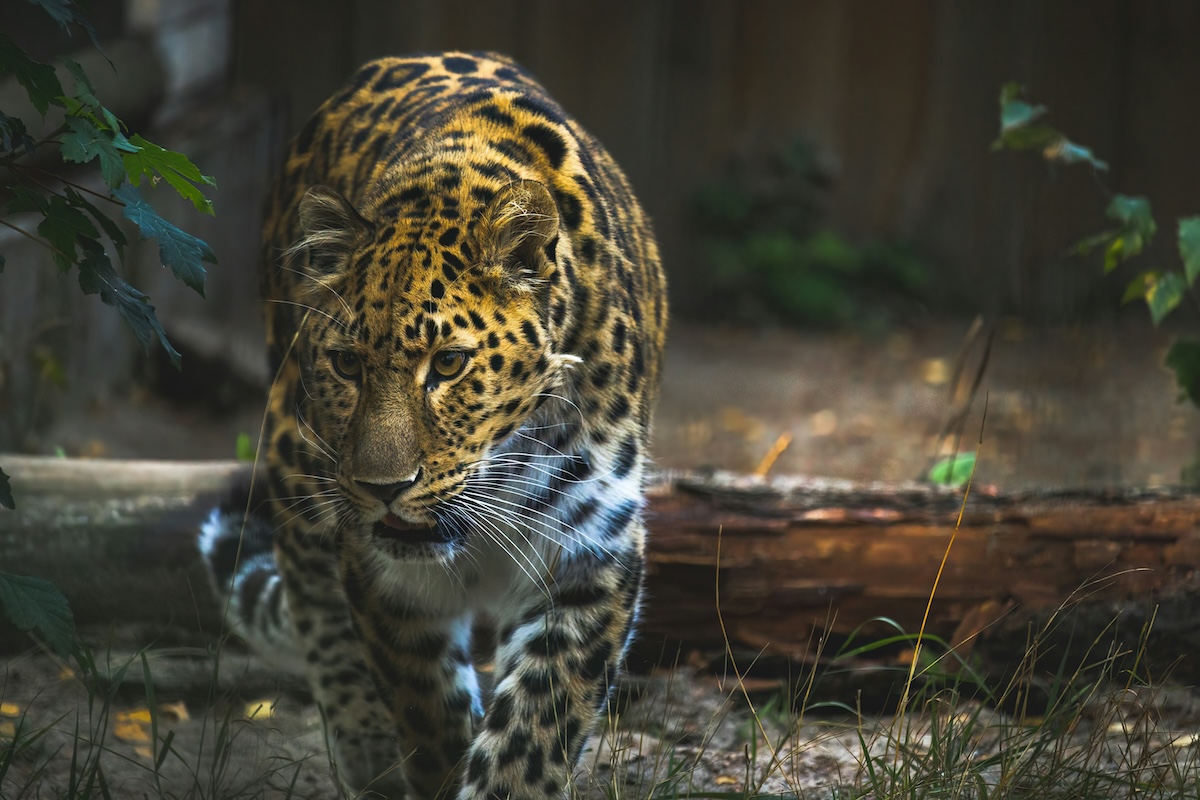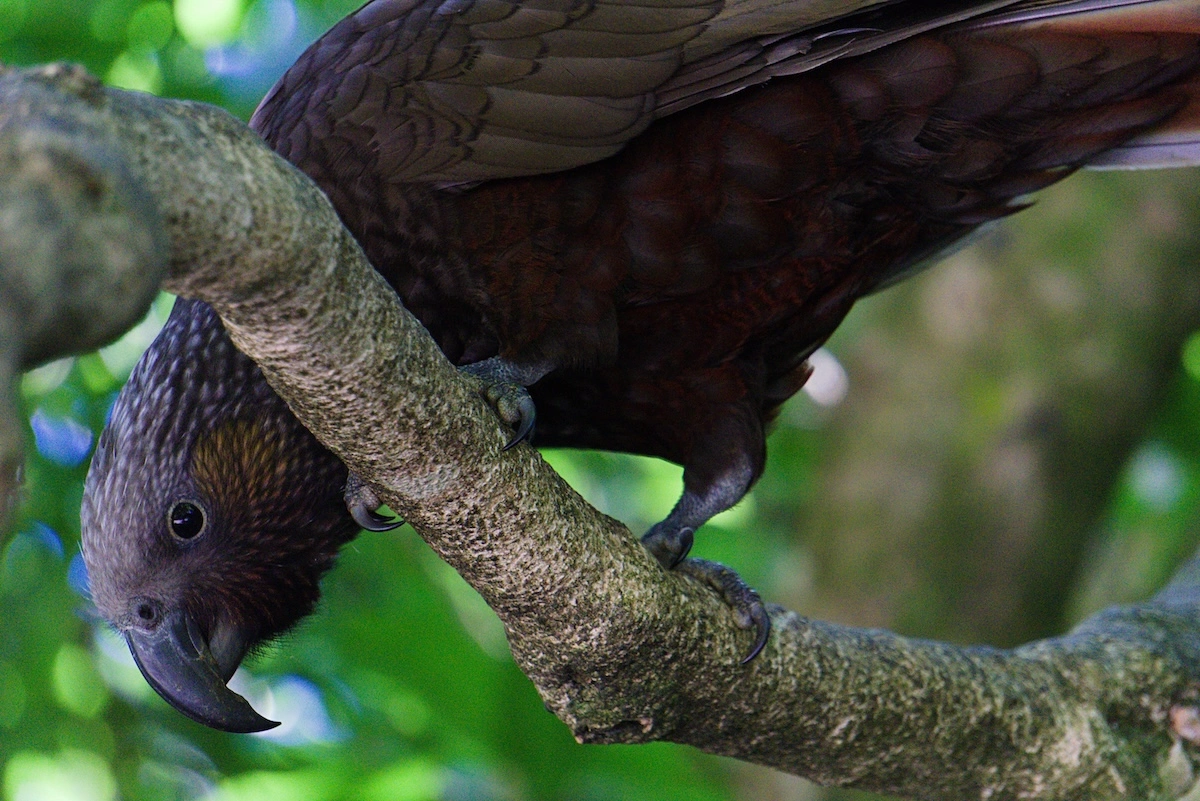In recent years, zoos across the United States have become more than just entertainment venues—they are critical centers for conservation, education, and awareness. As threats to wildlife, such as habitat destruction and climate change, continue to escalate, zoos play an increasingly vital role in protecting endangered species. They provide a safe space for animals that are on the brink of extinction, while also offering visitors the opportunity to learn about these incredible creatures and the efforts being made to save them. In 2024, numerous zoos are home to some of the rarest animals on the planet, many of which are nearly impossible to spot in the wild. Read on as we highlight 12 of the most extraordinary species you can see in U.S. zoos this year.
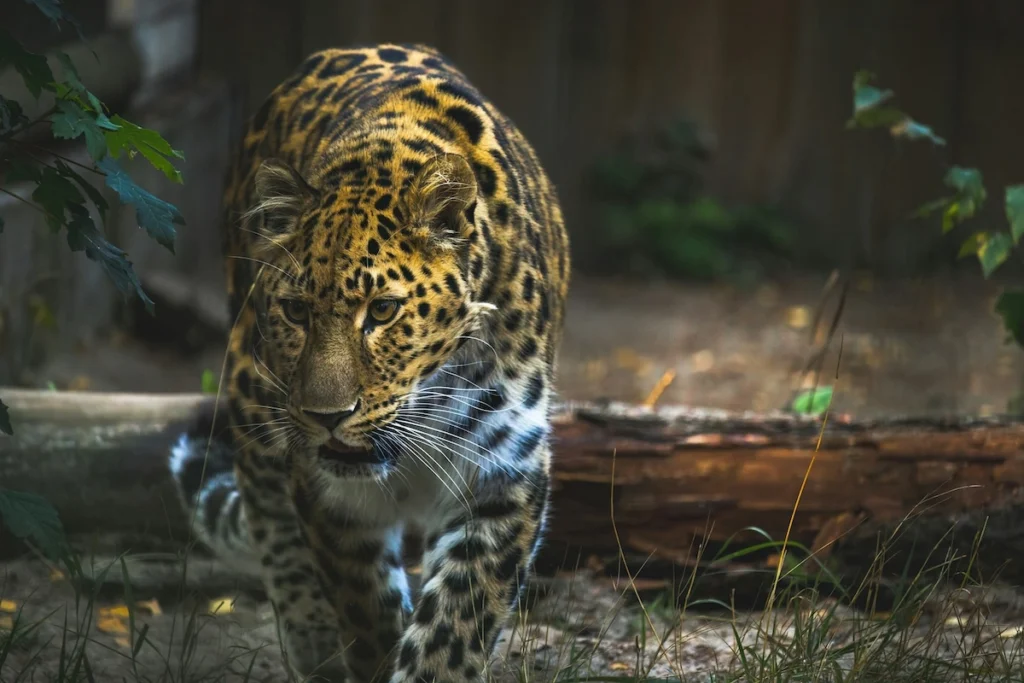
1. Amur Leopard
• Where to See: San Diego Zoo (California), Philadelphia Zoo (Pennsylvania)
• Why It’s Rare: With fewer than 100 Amur leopards remaining in the wild, primarily in the Russian Far East, this species faces significant threats from habitat loss and poaching. Zoos are essential for their survival, as they contribute to breeding programs aimed at boosting their population.
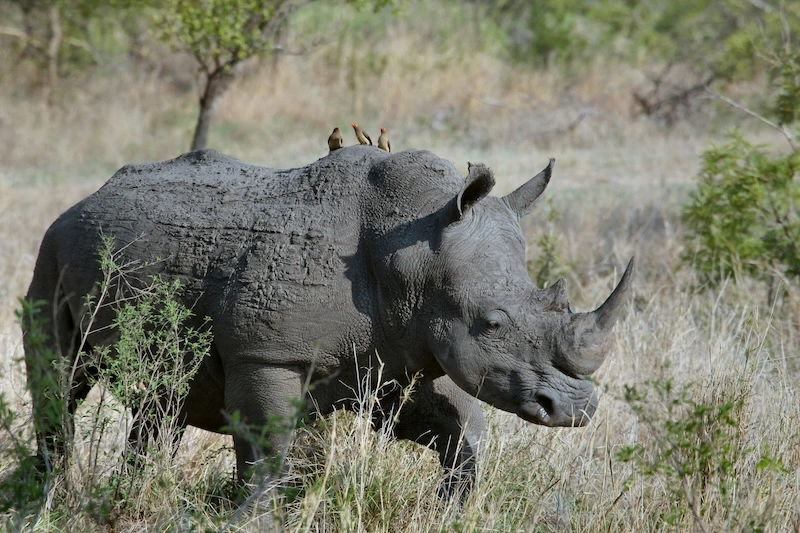
2. Sumatran Rhinoceros
• Where to See: Cincinnati Zoo (Ohio)
• Why It’s Rare: Critically endangered with only around 80 individuals left in the wild, the Sumatran rhinoceros faces ongoing threats from deforestation and poaching. The Cincinnati Zoo has been instrumental in breeding these rare rhinos, making it one of the few places where they can be seen in captivity.
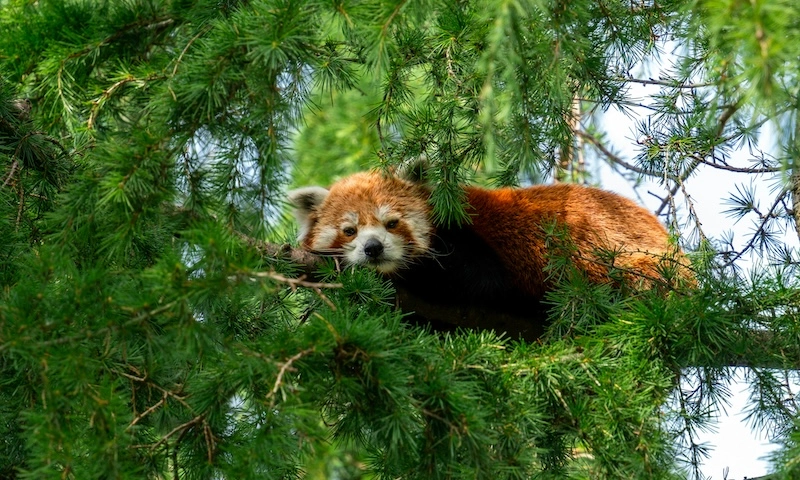
3. Red Panda
• Where to See: Woodland Park Zoo (Washington), Zoo Atlanta (Georgia), National Zoo (Washington, D.C.)
• Why It’s Rare: Though not critically endangered, the red panda is listed as endangered due to habitat destruction and poaching for its fur. With fewer than 10,000 individuals left in the wild, this small, adorable animal remains a favorite among zoo visitors.
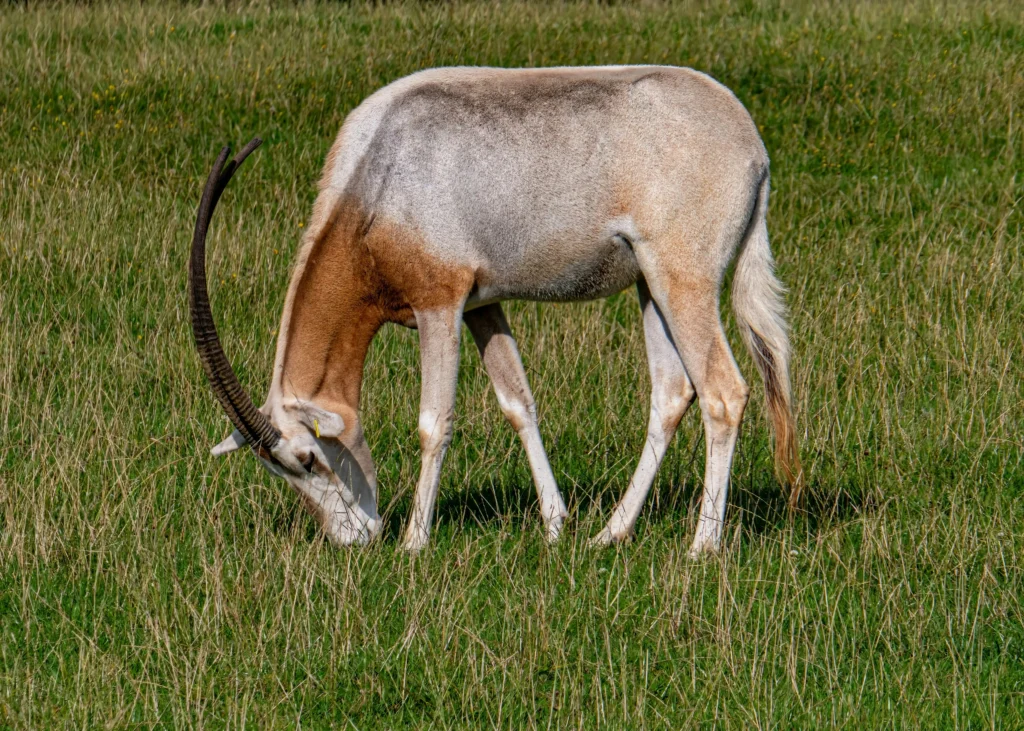
4. Scimitar-Horned Oryx
• Where to See: Saint Louis Zoo (Missouri), Fossil Rim Wildlife Center (Texas)
• Why It’s Rare: Declared extinct in the wild in the 1980s, this species has made a remarkable comeback through zoo breeding programs. Efforts to reintroduce the scimitar-horned oryx into its native African habitat have been successful, but it remains a rare sight in the U.S.
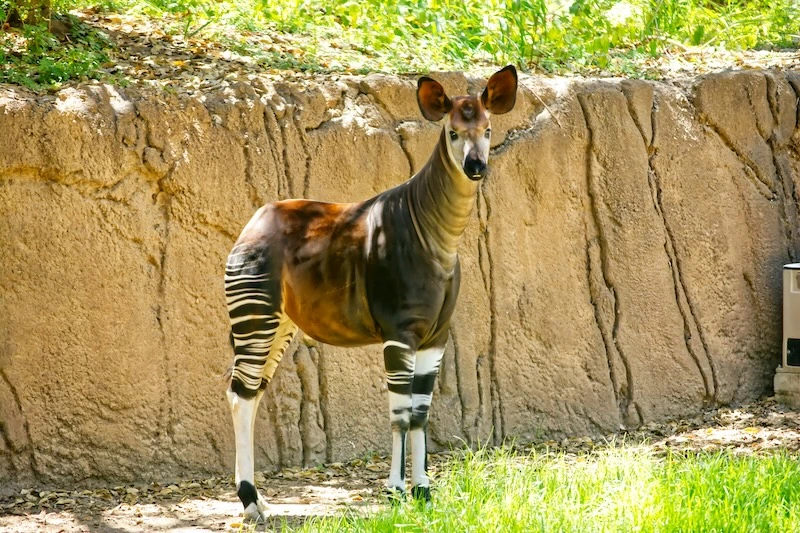
5. Okapi
• Where to See: Bronx Zoo (New York), San Diego Zoo (California)
• Why It’s Rare: Known as the “forest giraffe,” the okapi is native to the dense rainforests of the Democratic Republic of Congo. With its elusive nature and shy behavior, it’s difficult to spot in the wild, making U.S. zoos one of the few places to see this unique species.
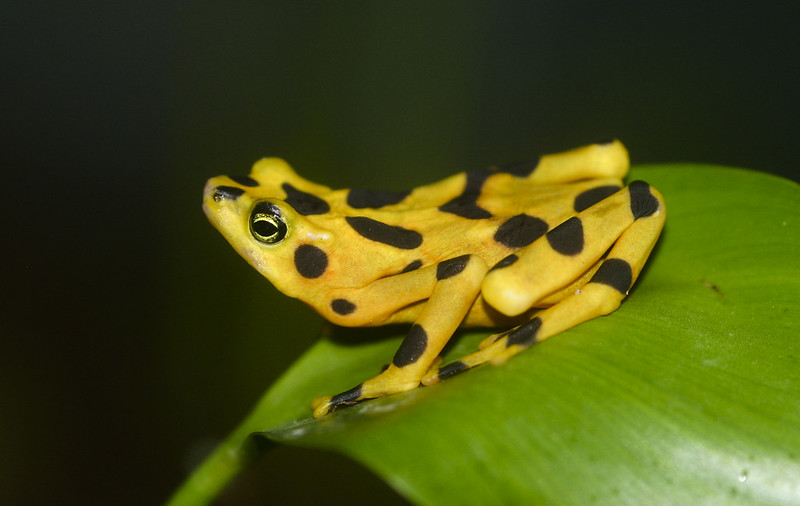
6. Panamanian Golden Frog
• Where to See: Smithsonian’s National Zoo (Washington, D.C.), Zoo Atlanta (Georgia)
• Why It’s Rare: This brightly colored amphibian is critically endangered due to habitat destruction and disease. Conservation exhibits in U.S. zoos help raise awareness and support breeding efforts to prevent the extinction of the species.
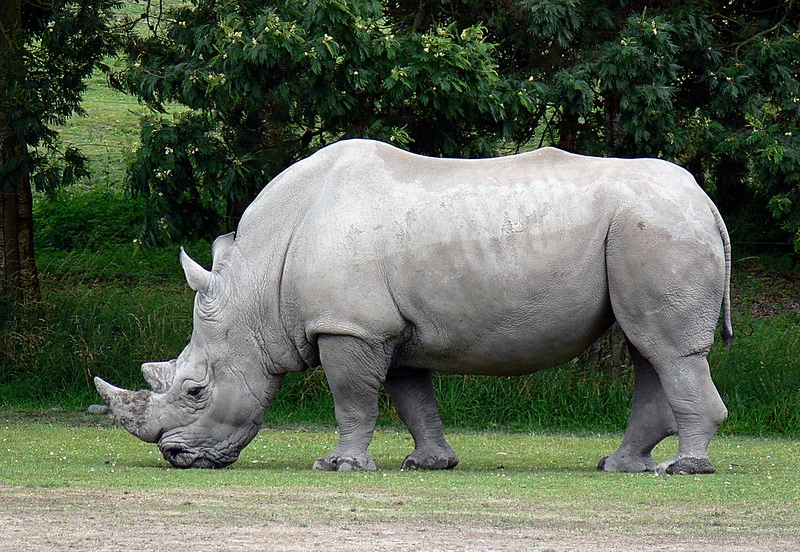
7. Northern White Rhinoceros
• Where to See: San Diego Zoo Safari Park (California)
• Why It’s Rare: Only two northern white rhinos remain, neither of which can reproduce naturally. San Diego Zoo leads advanced reproductive technology efforts to preserve the species, giving visitors a glimpse into the future of conservation science.
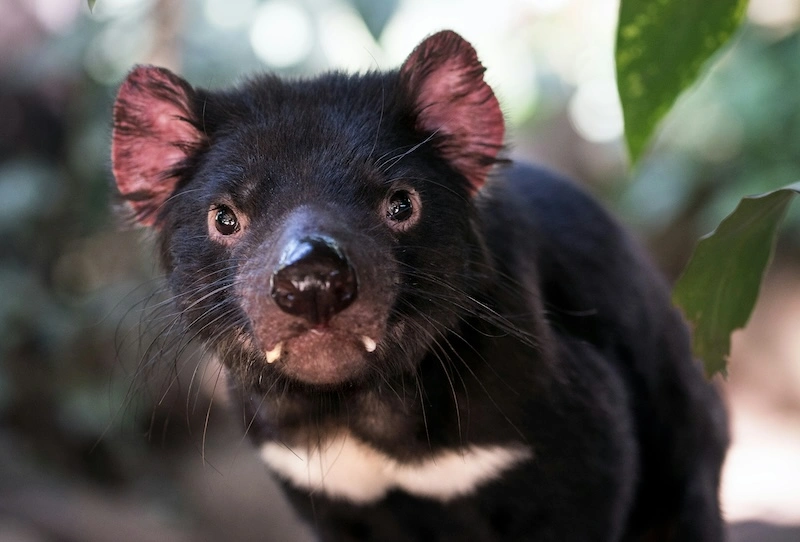
8. Tasmanian Devil
• Where to See: San Diego Zoo (California)
• Why It’s Rare: Native to Tasmania, this species has been decimated by Devil Facial Tumor Disease (DFTD). Through breeding programs, zoos like San Diego are working to ensure the species’ survival.
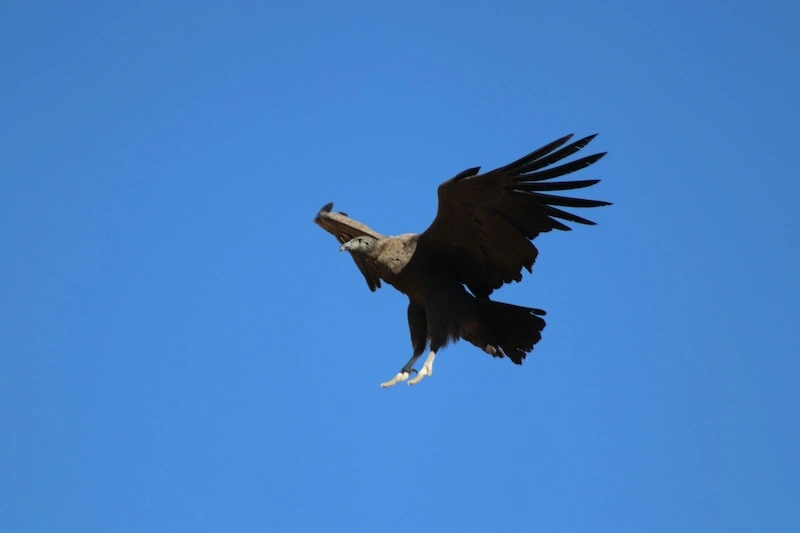
9. Andean Condor
• Where to See: Los Angeles Zoo (California), Cincinnati Zoo (Ohio)
• Why It’s Rare: One of the world’s largest flying birds, the Andean condor is endangered due to habitat loss. Zoos play an essential role in reintroducing them into the wild and raising awareness about their conservation.
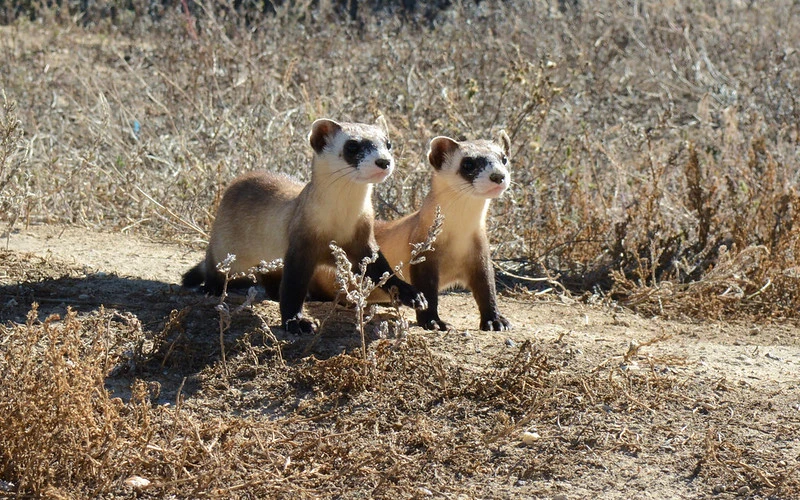
10. Black-Footed Ferret
• Where to See: Cheyenne Mountain Zoo (Colorado), Smithsonian Conservation Biology Institute (Virginia)
• Why It’s Rare: Once thought extinct, a small population of black-footed ferrets was rediscovered, leading to successful breeding programs. Still critically endangered, zoos offer one of the few opportunities to see this rare mammal.
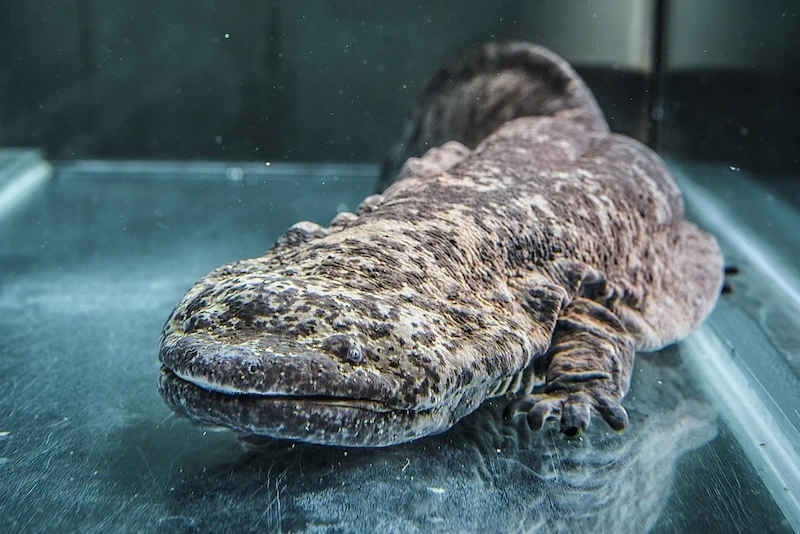
11. Chinese Giant Salamander
• Where to See: Saint Louis Zoo (Missouri)
• Why It’s Rare: The world’s largest amphibian, the Chinese giant salamander, is critically endangered due to overharvesting and pollution. U.S. zoos are among the few places where this “living fossil” can be seen.
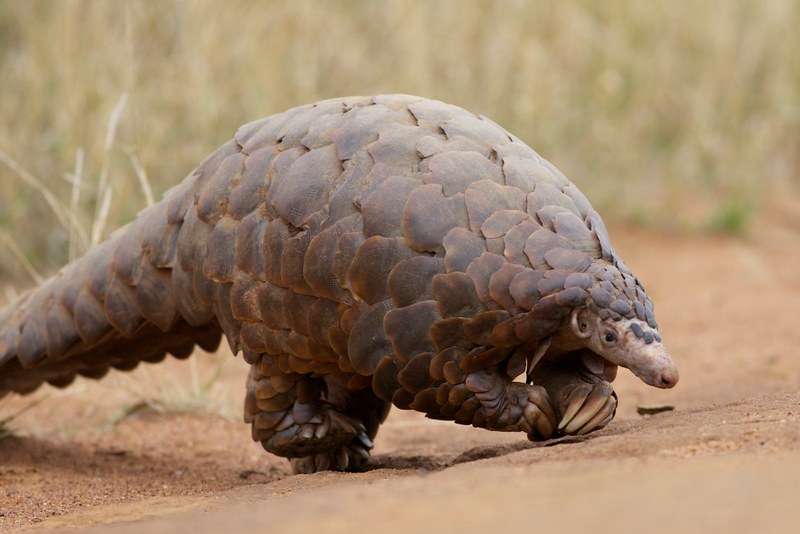
12. Giant Pangolin
• Where to See: San Diego Zoo Safari Park (California)
• Why It’s Rare: Among the most trafficked mammals for their scales and meat, the giant pangolin is elusive and challenging to care for in captivity. San Diego Zoo is one of the only zoos in North America to house this extraordinary species.
The Role of Zoos in Conservation
The importance of zoos extends far beyond just displaying animals for public viewing. They serve as vital hubs for conservation, partnering with global organizations to breed endangered species, restore habitats, and raise awareness. Many of the animals mentioned in this list are part of Species Survival Plans (SSPs), which ensure their continued existence through carefully managed breeding and conservation efforts. Visiting zoos helps support these programs and contributes to the preservation of biodiversity.
Why You Should Visit a Zoo in 2024
A visit to a zoo in 2024 offers more than just a fun day out—it’s a chance to engage with conservation efforts and witness some of the world’s most endangered species up close. From the critically endangered Sumatran rhinoceros to the elusive giant pangolin, U.S. zoos are giving these animals a second chance at survival. Whether you’re an animal lover or simply curious, your visit could inspire a deeper commitment to protecting the natural world for future generations.

